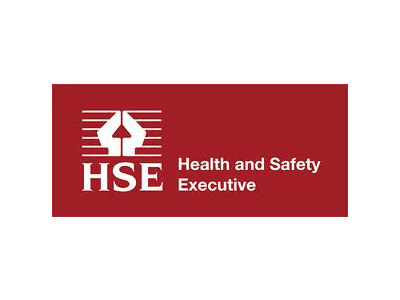June 11, 2024
Firms fined for worker’s 35ft lift fall
Two companies have been fined after an electrician fell 35ft (10m) head first when a crane knocked him out of his lift cage.
The worker was repairing light fittings at Expert Tooling and Automation Ltd in Coventry when he was knocked out of his scissor lift cage by a crane being operated by another worker nearby.
The 52-year-old from Sheffield fell onto the factory floor leaving him with a fractured skull and many other injuries.
His employer, Optilight Electrical Services Ltd, and Expert Tooling and Automation admitted breaches of health and safety legislation and were fined £7,000 and £50,000 respectively.
The worker operating the overhead crane on 21 September 2022 did not see the electrician in the lift and the collision caused it to twist and hit nearby racking before landing on the factory floor, the HSE said, adding that a second employee from Optilight Electrical Services narrowly avoided being crushed by the scissor lift, jumping out of the way before it landed on the floor.
The electrician sustained a fractured skull, two brain bleeds, a broken collarbone, eight broken ribs, a broken elbow and wrist as well as a punctured lung. He was later placed in an induced coma and underwent several operations.
The HSE found Optilight Electrical Services had not identified the operation of overhead cranes as a risk to its employees working at height at Expert Tooling and Automation’s site on Sayer Drive.
Expert Tooling and Automation did not put procedures in place to prevent the use of overhead cranes while the work was taking place and relied on contractors identifying risks and implementing measures.
Both companies did not communicate with each other about how the work they were undertaking could impact safety, the HSE added.
Expert Tooling and Automation pleaded guilty to breaching Section 3 of the Health and Safety at Work etc Act and Optilight Electrical Services Limited, of Oakwood Road, Mansfield, Nottinghamshire, admitted breaching Section 2.
Both firms were also ordered to pay 1,985 in costs.
HSE inspector Charlotte Cunniffe said: “This case clearly illustrates the disastrous consequences that can occur when two companies each assume the other has taken responsibility for safe working practices. Risk often arises through a failure to communicate effectively.”
BBC News
May 2024






